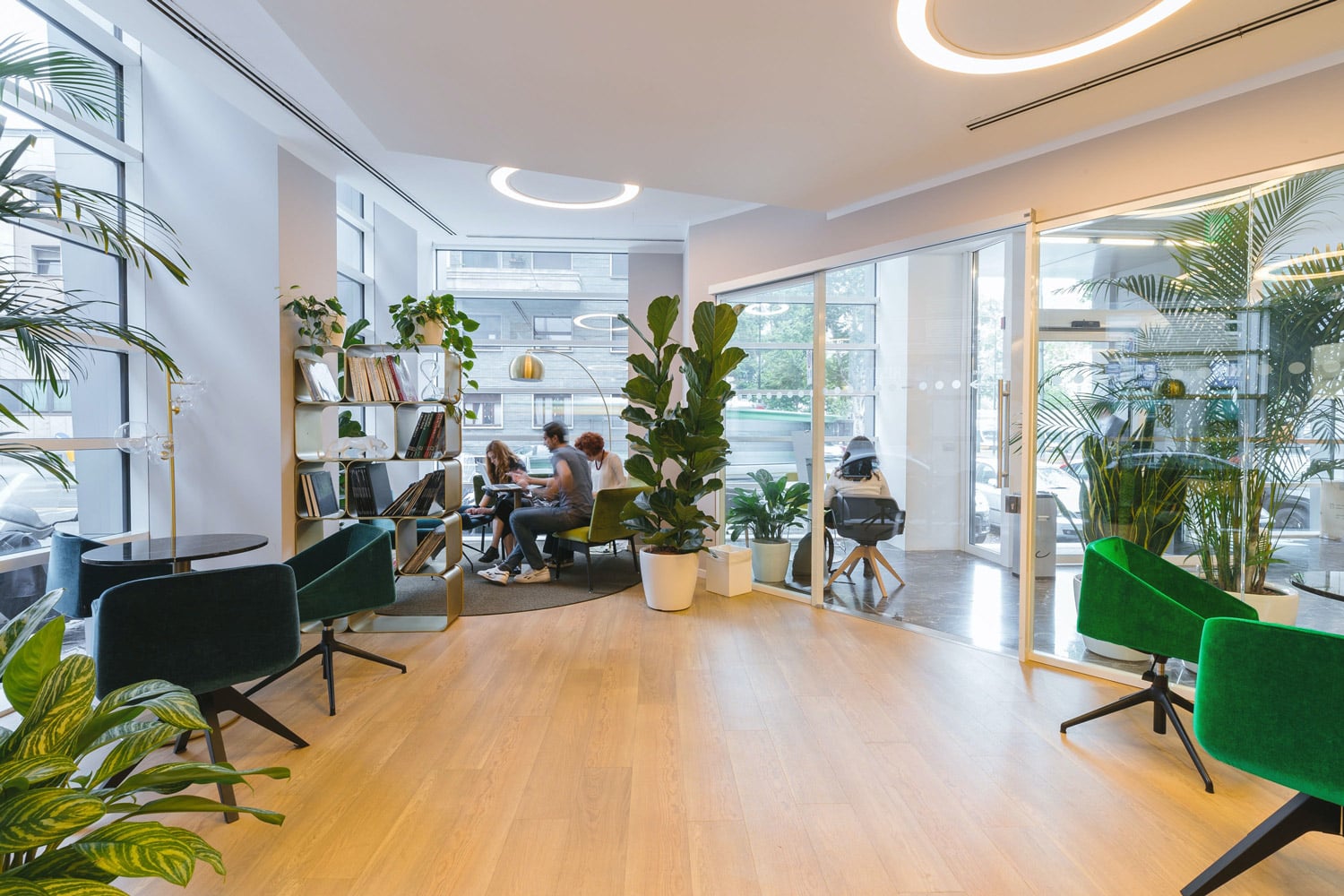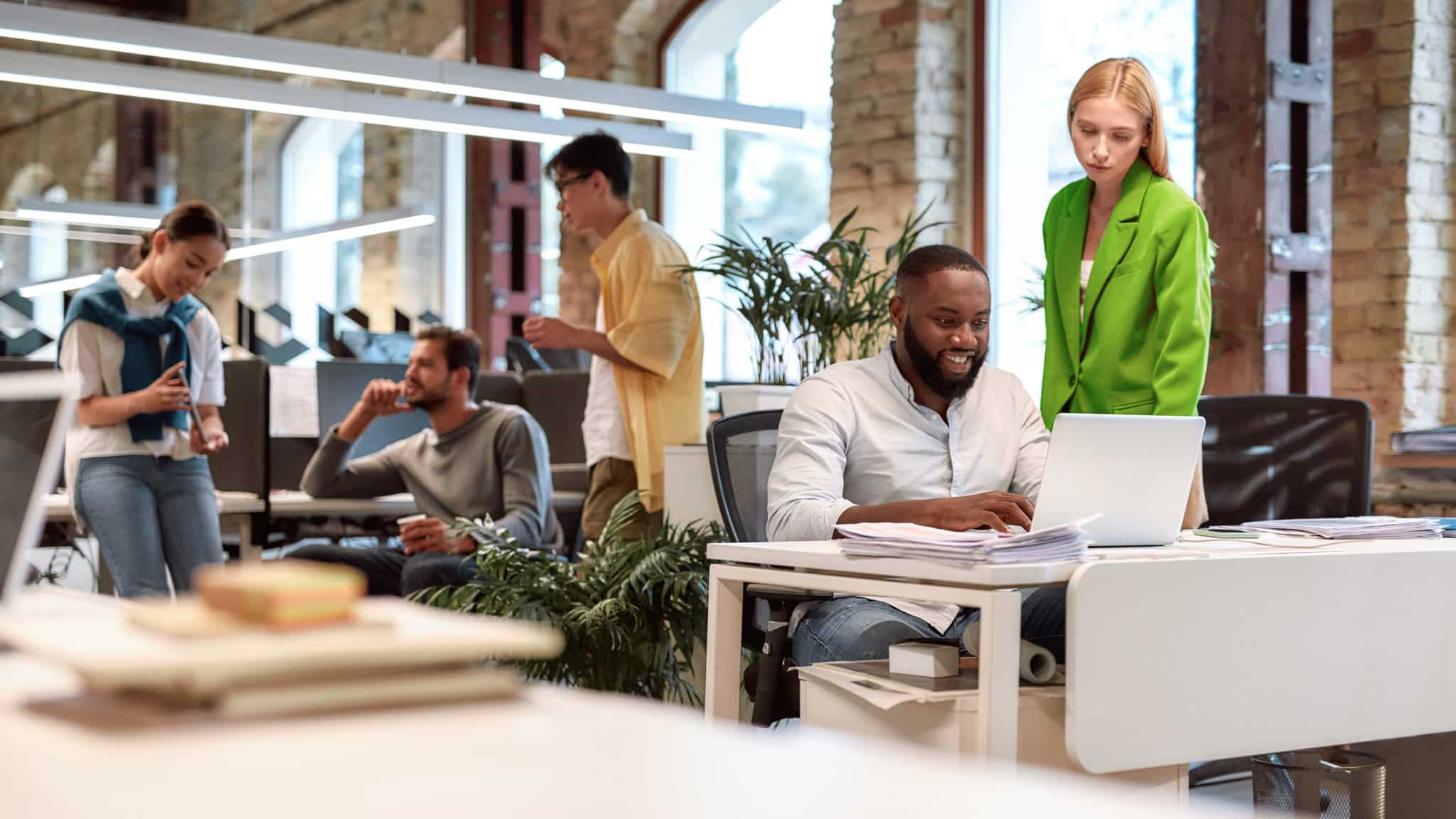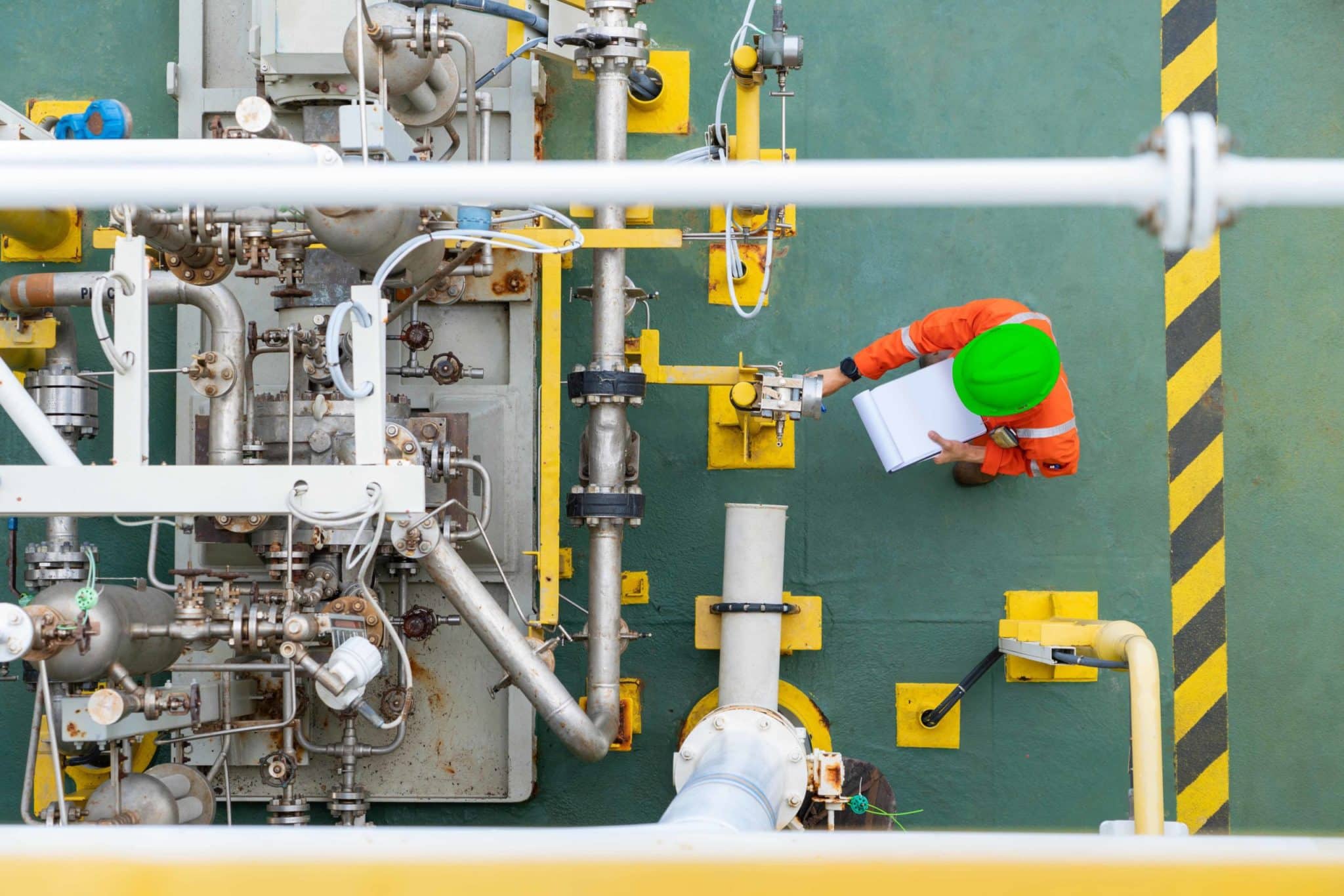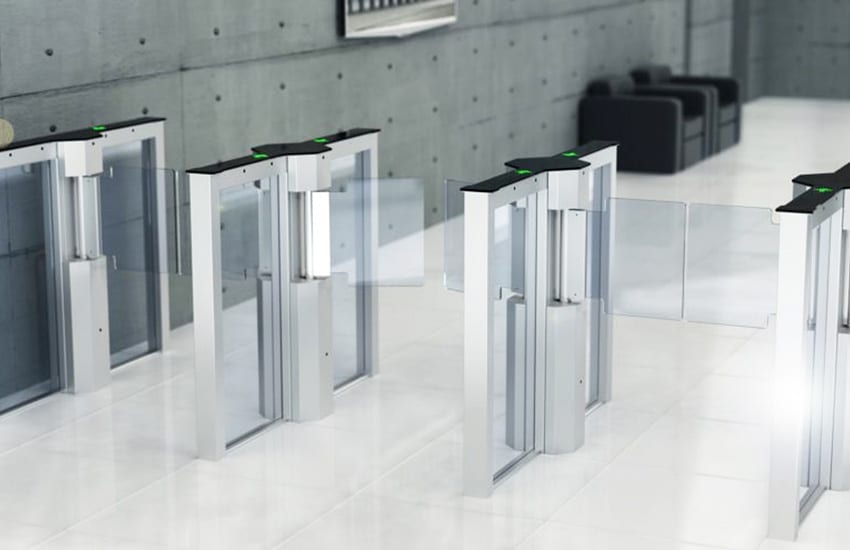03/09/2021
This year, going back to classes will be different – an uncertain beginning and a mandatory adaptation to a new reality. In this context, campus managers and their maintenance teams face a huge challenge and, while technology will help them find some solutions, it won’t avoid the headache of figuring out what the best decisions are, considering both the initial situation (current users, services, and facilities), as well as new public health requirements, legal regulations, and economic constraints.

Nevertheless, the creation of a more intelligent campus (a “smart campus”) will most certainly give us the means to face this “new normality” as we look for:
- New services that will allow the return of activities in the new context.
- The optimisation of people traffic to facilitate the mobilisation inside of the campus, while ensuring the compliance of social distance regulations
- The creation of safe and comfortable spaces
- To facilitate people’s access to the information needed
To achieve the previous objectives, some of the “smart” use cases that we could deploy on campus are the following:
1. Maximum capacity and social distance
In this “new normality” it is especially important to be able to count how many people are in a certain area or to be able to measure the social distance between them. We are talking about:
- Measuring how many people have accessed the different buildings on campus.
- Carry out crowd control in common areas.
- Attempt to understand and regulate the flow of people through campus to anticipate potential problems and prevent overcrowding situations.
- Allowing and controlling social distancing, for what reducing the flow becomes essential. But also trying, as much as possible, to remain able to accommodate a large number of people at certain times.
From a technology point of view, the starting point will be installing sensors or cameras to count people. And to do this, three tasks need to happen first:
- Space analysis.- To identify the best location for these sensors/cameras to control the entrances and exits of each area.
- Workflow design.- A detailed description of the actions to be triggered when maximum capacity has been reached or for when people not following social distancing are detected.
- Compliance check.- Being aware and consistent with the limits set by the General Data Protection Regulation or local privacy laws.
More often than not, the main barriers to counting people aren’t related to technology but knowing the processes and the regulatory constraints. Campuses are attended by young people, with specific social behaviours and communication patterns. In addition, privacy is a key point. Therefore, we must achieve the perfect fit between technology, which allows us to deploy many use cases, the procedures to be followed, and the regulatory framework that sets the limits to what is or is not allowed.
Taking the above intro account, it is important to implement technology solutions that respect privacy (data without individual identification, acquiring the necessary authorisations, ensuring the protection of sensitive data that we might be managing/handling), while being proportional to the benefits obtained.
This last point is critical. Obtaining the users’ consent and correctly protecting their data is necessary – but not enough. The Data Protection Agency could end up penalising the fact that the real impact from using this data has not been well communicated, or that the users (the students, for example) were in a situation of dependency with the university, which could have conditioned their consent. Or even that the technology in use is disproportionate to the objectives it pursues. So it’s key to consider all the methods and processes to protect as much as possible the students’ privacy.
We can then conclude that technology will always offer options, and that the use of it must be defined by the business processes and by the legal and social rules they should follow.
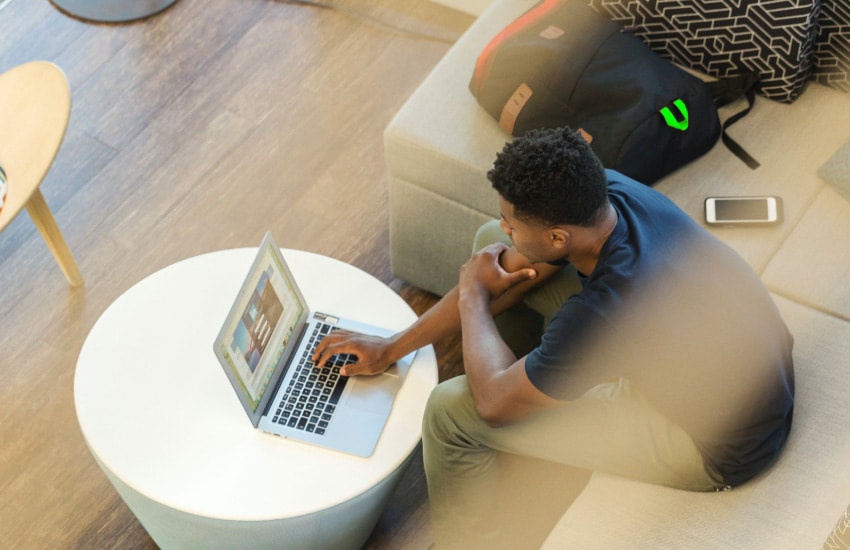
2. Measurement of environmental conditions
The principle to this second point is achieving a comfortable, efficient and safe environment for all academic or administrative activities to take place. On the one hand, we seek to improve user perception and protect their health; and, on the other hand, to contribute to the energy efficiency of campus.
The first step is to understand what’s happening – the current situation. Therefore, we need to install a set of sensors to be able to capture these data, such as air quality, temperature, etc.
Joined to the sensors’ installation throughout the campus, we need to define what will be the procedure to be followed based on the collected data. Namely, what conditions should trigger an environmental alarm and what to do when this alarm appears.
3. Reinforcement of hygiene measures
Also key in this “new normality” will be to strengthen processes and measures that contribute to keeping the campus clean. The basic principle of maintaining areas clean to ensure the occupants’ comfort and satisfaction has been heavily reinforced this year due to the need to limit the risk of spreading the virus. Enhancing activities such as:
- Regular disinfection of common areas. For this point, it is very important to have reliable data on the use of each space. This can be integrated with the booking information of common areas, like study rooms or labs, setting automated alerts to the cleaning team once areas are free.
- Control of hand sanitiser dispensers and trash cans and containers. Installing distance sensors in them so that the cleaning teams receive an alert once dispensers are about to become empty and trash cans about to be full.
- Control of the use and occupation of restrooms. On the one hand, counting how many people are inside at every moment, seeking to trigger alerts (an illuminated sign on a clearly visible place) as soon as the maximum capacity has been exceeded. And on the other hand, optimising the cleaning of the restrooms, for example, by triggering an alert after a certain number of people have used it.
4. Implementation of new services to help adoption and compliance
With the help of technology, we can offer our services to students and faculty members to better organise the flow of people as well as the use of spaces and equipment on campus. The objective is to avoid queues and crowds of people looking for the same services.
Using a mobile app (a “smart campus mobile app”) we can facilitate both the booking of campus services (such as sports courts, laboratories, working areas, equipment, parking spots for bicycles and vehicles, etc.) as well as the access to previously reserved services, using the same app on our smartphone. For example, to open the door to a sports court or unlock the reserved bike parking spot.
Predictability
In every case described so far, we have highlighted the importance of measuring what is happening on campus, set off alerts, and act on them consequently. Additionally, what will add true value to our “smart campus” will not only be to report what has happened or what is happening, but to be able to predict what is going to happen so that we can take the appropriate preventive measures. That is, to use these data to identify behaviour patterns using machine learning algorithms.
These behaviour patterns are related to both users and assets to be able to predict what areas, what moments, or in which conditions there will be: a higher risk to exceed capacity, have the air more polluted, have the worst temperature, when will soap be finished, or when we expect more people in the restrooms or any other campus space.
These predictions will be key for offering better services and a better experience to all campus users, better spreading the activities across all campus areas, and for optimising the tasks of the cleaning and maintenance teams.
